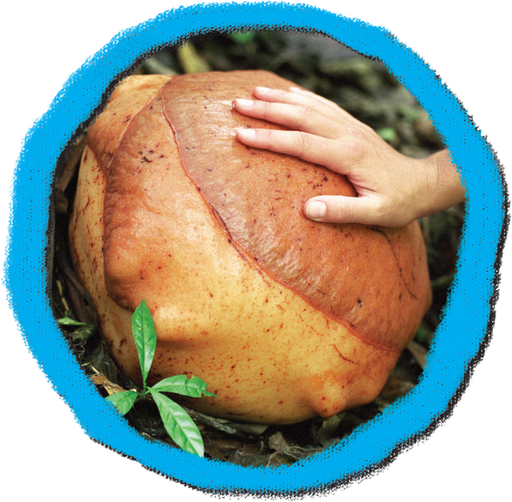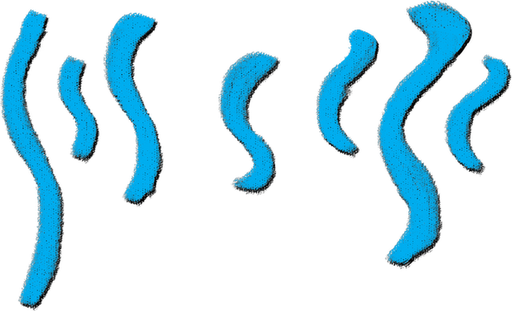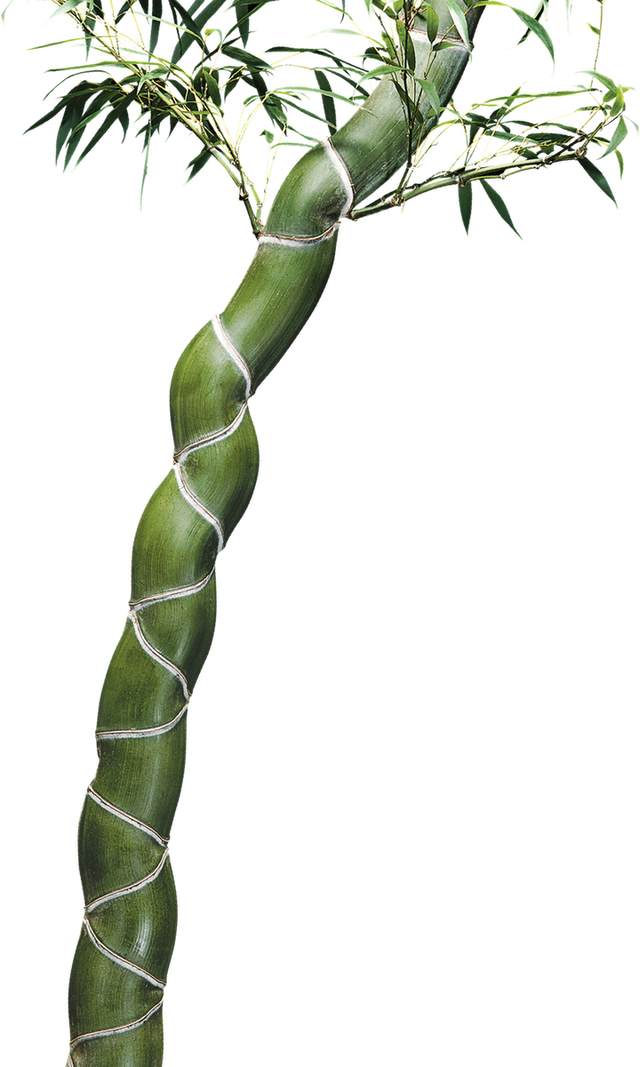
rafflesiabud
Therafflesiaplantdrawspollinatorswithitsputrid smell.
GiantFreeloader
Therain forestsofIndonesiaarehometoanotherbigandstinkyflower.Therafflesiaplanthasthelargest‑knownindividualflowerintheworld.Itcangrowupto1.1 meters(3.5 feet)wide,anditcanweighasmuchas25 footballs.
Therafflesiaisaparasite.Ithasnoleaves,roots,orstems.Itfindsanotherplant―ahostplant―toattachitselfto.Then,foryears,itusesthisplanttosupplynutrientsandwater.Eventually,a budformsandgrowsintoaflower.Thefloweronlybloomsforashorttime.Itlookslikealargeredbowlsurroundedbylargeflapsofrottingmeat.Likethecorpseflower,itsmellsbad―likedunganddeadanimals.Yet,thisistheperfectscenttoattractthefliesthatpollinate it.




Youcanwatchtortoise‑shellbamboogrowbeforeyour eyes.
RisingGiant
Thesunrisesandshinesdownonagreenbambooplant.Theplantstandsaboutameter(3feet)high.Byday’sendwhenthesunsets,thisplantwillbe1.8meters(6feet)tall!Itisthetortoise‑shellbamboo,anditisthefastestgrowingplantonEarth.Atagrowthrateof4centimeters(1.6 inches)perhour,youcanactually watchit grow.
Bambooplantsaregiant,woodygrasses.Whenthey arebuds,theircellsaretiny.Theydon’tgrownewcells.Theircellsjustexpand.Theexpandingcellsallowthebamboostalktogrow taller.
Thebambooisjustonemoreexampleofaplantthatgoestoextremes.Killerseeds,treesthatsting,leavesthathunt,andflowersthatsmelllikeadumpsterarejustahandfulofwaysplantshaveadaptedto survive.